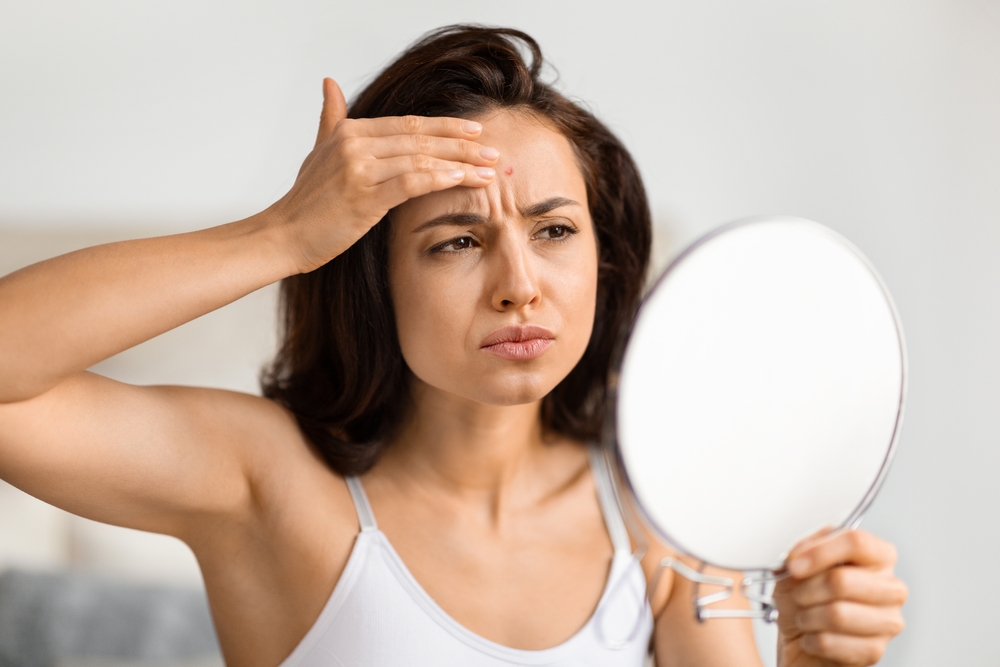Are you experiencing skin issues such as redness, age spots, or acne scars? While they may not be a threat to your health, they can have a significant impact on your confidence and self-esteem.
If you are looking for a non-surgical treatment to address skin imperfections and even out skin tone, IPL photorejuvenation treatments could be right for you. Keep reading to learn more about IPL photorejuvenation and discover the answers to seven of the most commonly asked questions about the treatment.
What is IPL Photorejuvenation?

IPL (intense pulsed light) photorejuvenation is a non-invasive skincare treatment that uses broad-spectrum light to address aesthetic skin concerns. Unlike other laser treatments that use a single wavelength of light, IPL uses multiple wavelengths to penetrate different layers of the skin.
IPL works by delivering pulses of broad-spectrum light that are absorbed by pigmented cells and hemoglobin in the skin’s tiny blood vessels. The absorbed light energy breaks up the pigmentation and blood cells, which are then cleared away during the body’s natural healing process, resulting in more even skin tone and reduced redness.
IPL also boosts the production of collagen, the protein that supports skin elasticity. Collagen helps keep skin firm and supple, as well as smoothing out its surface.
Frequently Asked Questions About IPL Photorejuvenation
As with any other aesthetic treatment, it’s essential to ask your provider questions to ensure the treatment can deliver the best possible results. Here are seven of the most commonly asked questions about IPL photorejuvenation:
1. What skin concerns can IPL photorejuvenation address?
IPL treatments are designed to address various skin concerns, including fine lines and wrinkles, age spots, sun damage, freckles, vascular lesions, broken capillaries, and acne scarring. It may also help reduce redness and hyperpigmentation caused by rosacea, evening out the skin tone and improving overall appearance.
2. What is an IPL photorejuvenation treatment like?
While treatment can vary based on individual needs, a typical IPL treatment includes the following elements:
- Preparation: Before treatment begins, a cooling gel will be applied to the areas to be treated, and an eye shield will be provided to protect the eyes from broad-spectrum light.
- Application: The IPL device is placed against the skin, and pulses of light are delivered to the targeted areas.
- Post-treatment care: After treatment, cool compresses can be used to ease any redness or mild swelling that may occur.
3. Are IPL treatments painful?
IPL treatments can cause some discomfort, but are not considered painful. Patients often report feeling a mild snapping or stinging sensation during treatment, which is easily tolerated and usually temporary.

4. Is there any downtime after IPL photorejuvenation?
Unlike more invasive treatments, IPL photorejuvenation requires minimal downtime post-treatment. Patients may experience redness and minor swelling immediately after a treatment, but these effects usually subside within a few hours.
5. What will my skin look like after IPL photorejuvenation?
In the week following an IPL treatment, it is normal for dark spots to rise to the surface of the skin and flake off. Most patients begin to see an improvement in the appearance of their skin within one to two weeks, with optimal results typically realized about a month after treatment.
6. Who can benefit from IPL photorejuvenation treatments?
While IPL can benefit a wide range of patients, ideal candidates for treatment are individuals seeking to address specific skin concerns, including hyperpigmentation resulting from aging or sun exposure, uneven skin tone, redness caused by broken capillaries or rosacea, or acne scarring.

IPL treatments can be a very effective option for individuals who are dealing with both active acne and acne scarring. For active acne, IPL can destroy the bacteria that contributes to breakouts and reduce the redness and swelling caused by inflammatory acne.
It is also an excellent treatment option for addressing uneven skin texture and hyperpigmentation from acne scars. It targets hyperpigmentation and stimulates collagen to smooth out skin and improve its overall tone.
It is not always an option for individuals with darker skin tones, as the broad-spectrum light can interact with melanin and lead to unwanted hyperpigmentation.
7. How often should I get IPL treatments?
Typically, it takes several IPL treatment sessions, spaced a few weeks apart, to achieve optimal results. The actual number of treatments required to achieve desired results varies from individual to individual and their personal appearance goals.
Once results have been achieved, they can last from several months to a year or more, depending on the issues being addressed and how well you care for your skin after photorejuvenation. Maintenance treatments may be necessary for achieving continuous, long-term results.
It’s hard to feel your best when you are worried about how common skin concerns, such as wrinkles, sun damage, and rosacea, are affecting your appearance. By targeting the sources of these concerns, IPL photorejuvenation treatments can help boost your confidence by enhancing your skin’s appearance.
Are you ready to find out whether IPL photorejuvenation could be right for you? Schedule a consultation with one of our specialists at The Eye Center in Greenfield or Athol, MA, today!
